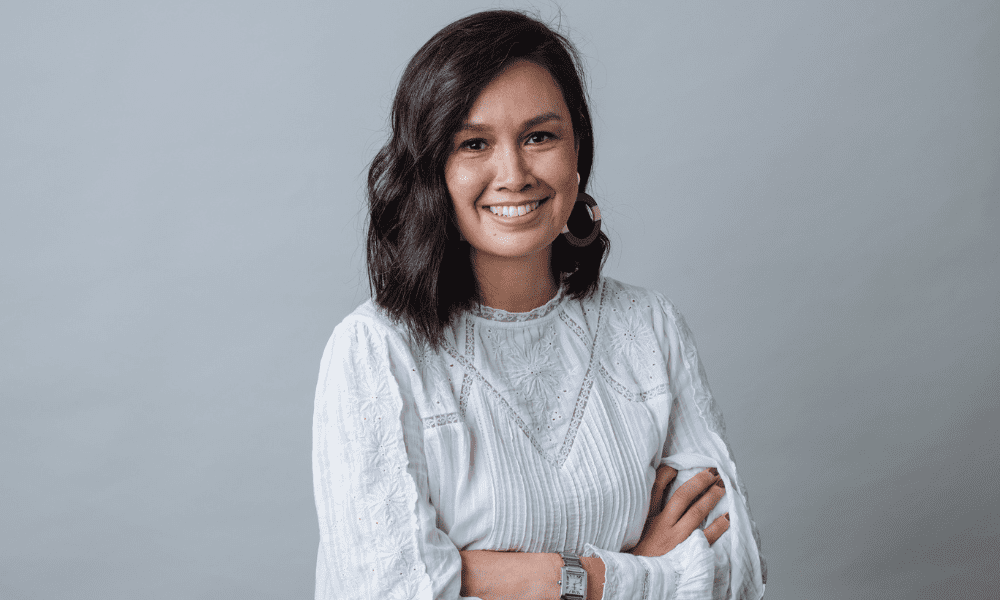How do you convince young people to take out insurance?

How do you convince young people to take out insurance? | Insurance Business Australia
Life & Health
How do you convince young people to take out insurance?
And underinsurance issues impacting women in sport
Life & Health
By
Daniel Wood
“If you think about the kind of person that we’re designing FLIP for, it’s someone who’s young and active and healthy,” said Kathleen Weaver (pictured above), CEO of FLIP Insurance. “They’re not the typical audience interested in engaging with insurance.”
In an Insurance Business interview, Weaver raised an important industry wide challenge: how do you convince young people, who are more willing to take on risks than older folk, that they might need insurance?
In Weaver’s case, it’s about the on-demand accidental injury insurance her firm offers. She said the trick was capturing young people’s attention.
Education through social media, including influencers
“When we are able to capture their attention and engage them, the response we usually get is, ‘That’s a great idea! I didn’t know that existed,’” she said.
“Being able to build awareness of the brand, of the product and being able to educate that audience on why FLIP exists, how you use it, why you might need it, was one of the massive challenges and still continues to be a challenge to this day,” she said.
IB asked how FLIP deals with this challenge? How important is leveraging social media? Do they employ influencers, for example?
“There are lots of ways and we have lots of different distribution channels,” said Weaver. “We have tried influencers here and there but they’ve proven to be a bit tricky.”
The CEO said FLIP’s classification as a life insurance offering entails particular Australian Securities and Investments Commission (ASIC) regulations. She said the regulator is quite focused on what influencers can and can’t say on social media in relation to insurance and other products.
“That makes it very tricky for influencers to create organic content that is natural to them,” said Weaver. “Then you need to insert disclaimers with, ‘Read the PDS and TMD,’ and it just doesn’t roll off the tongue!”
FLIP, she said, has moved away from many of the influencers they used in the past.
Leveraging partnerships to spread the word
“We’ve got the usual advertising through Facebook, Instagram and Billboard,” she said. “Partnerships are a massive one for us.”
For example, about a year ago they launched a B2B offering called Group Active involving partners including Red Bull, Thredbo [a ski resort] and Tough Mudder [an endurance event].
“They cover all their event participants or teams and being able to get the word out there through sponsors like them has been a really important channel for us too,” said Weaver.
Sports issue: underinsurance of elite female athletes
Off the back of these partnerships, she said another issue came up. During conversations with women’s sports associations across football, soccer and Aussie Rules it was clear there is a striking disparity between insurance availability and coverages for elite sportsmen and elite sportswomen.
“We were talking with the women’s leagues in various football codes,” said Weaver. “We’d start by talking about the men’s professional teams and we realized that the women’s teams were underinsured from a few different perspectives.”
She said male athletes often get top health insurance coverage that’s covered entirely by their club.
“On the women’s side, they’d often get an allowance but it wouldn’t be anywhere near being able to pay for the top cover that they were required to have,” said Weaver. “That meant that they’d take it out but then when the season ended, they’d immediately drop it – and these are the kind of people that are out there doing sport all the time and would often get injuries in the offseason.”
She said that meant these female athletes may only have coverage for about one third of the year.
“The other issue arose was when someone was coming on contract for a season,” said Weaver. “They would be forced to take out health insurance, but normal health insurance has waiting periods associated with it.”
Weaver said physical therapy coverage might kick in after three months, knee surgery coverage could take 12 months.
“They [female athletes] might go through the whole of their three or four month season and not actually have coverage for the treatments that they may require,” she said.
Weaver said the administrators of the Women’s League and other football codes are seeing FLIP as an alternative or an add on to traditional health insurance that they can take out for a short amount of time with no waiting periods.
“So it can fill these niches that traditional insurance might be causing pain points around,” she said.
Weaver said junior leagues, where children participate, are facing similar underinsurance issues.
“Men’s professional teams are all sorted from an insurance perspective, but women and juniors, not so much,” she said.
Are you are industry stakeholder? What underinsurance issues could be helped by on-demand insurance offerings? Please tell us below
Related Stories
Keep up with the latest news and events
Join our mailing list, it’s free!







